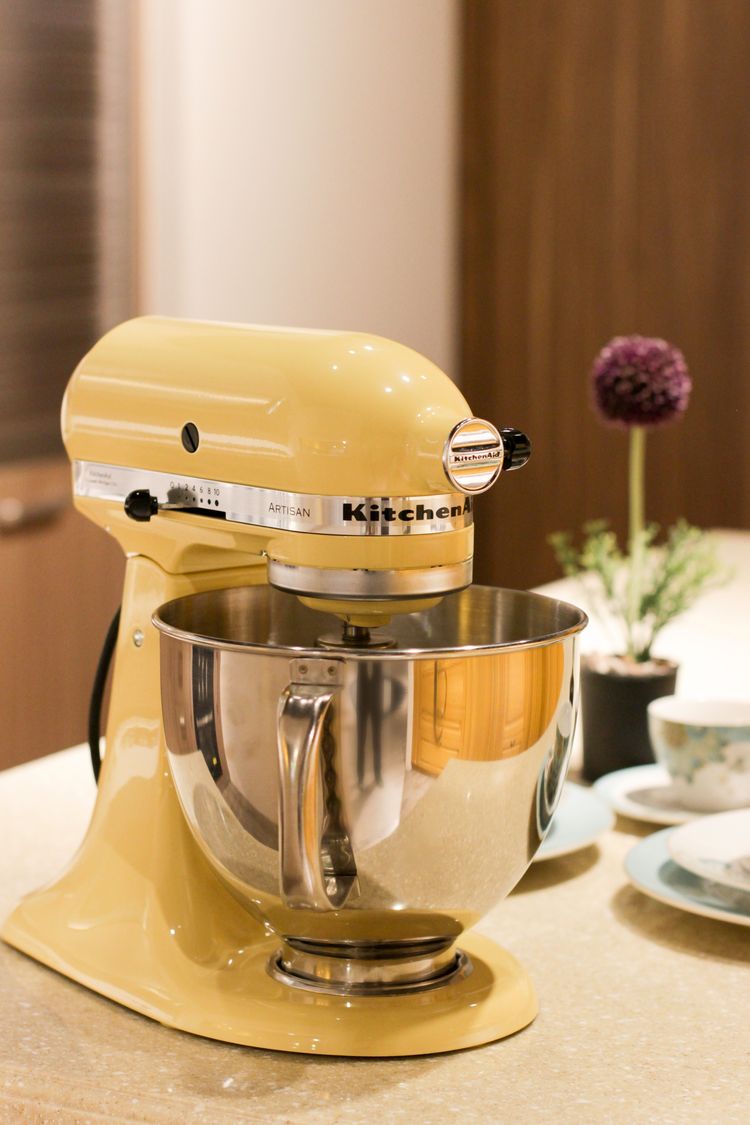🦀 Issue 151 - New Guidance on UI, and let’s talk Prostates

This week’s late edition has a long, tortured, and abused metaphor on treating urinary incontinence. And some notes about how to help someone after a prostatectomy that aren’t pelvic floor stuff. Normal exercise-y stuff because it’s important too.
Let’s get straight in.
Navigating the Waters of Treating Urinary Incontinence
In the vast and often tumultuous sea of physical therapy, addressing the nuances of urinary health stands as a formidable voyage that requires a blend of adept skill, profound knowledge, and the sails of evolving evidence. The horizon now beholds a lighthouse for practitioners with the newly unveiled Clinical Practice Guidelines titled "Rehabilitation Interventions for Urgency Urinary Incontinence, Urinary Urgency, and/or Urinary Frequency in Adult Women". These guidelines serve as a beacon for those sailing the often turbulent waters of urinary disorders in women, illuminating the path towards evidence-based interventions.
Anchoring Behavioral Interventions:
Cast against a backdrop of an Evidence Quality rated at II and a solid Grade of Recommendation A, the guidelines propose anchoring the therapeutic voyage with behavioral interventions. The trinity of bladder retraining, dietary & fluid modification, and urge suppression techniques are touted as the compass for navigating the turbulent waves of UUI, urinary urgency, and urinary frequency.
For specificity’s sake, that means teaching people not to respond to every urge to urinate, not to allow urination to become habitual (the way that I have to pee as soon as I start a run, every bloody time), and to not consume bladder irritants like alcohol, coffee, cigarettes, artificial sweeteners, spicy foods, and more. For bladder retraining, we’re talking about teaching people to slowly increase the amount of time they don’t respond to an urge. First 10 minutes, 15, 30, etc. to teach the bladder that the first urge doesn’t mean you gots to go.
By embracing these interventions, practitioners can guide patients towards calmer waters, instilling a sense of control and confidence as they navigate their urinary health journey.
The next part of this strained metaphor, PFMT:
Pelvic Floor Muscle Training: The Hull of Urinary Rehabilitation:
With the sturdy foundation of an Evidence Quality of I and a Grade of Recommendation A, pelvic floor muscle training emerges as the robust hull of the therapeutic vessel. When the quality of contraction has been duly confirmed, this training unfolds as a sturdy hull, capable of weathering the storms of UUI, urinary urgency, and urinary frequency. It's a realm where the sinews of the pelvic floor are tuned to the rhythm of control, empowering women to steer through the daily challenges posed by urinary disorders.
For an every day PT, it’s challenging to determine the quality of the contraction, especially if you’re not trained on it. But it can be done. I’m not the one who should teach you how to do it so seek some medbridge maybe? Or an actual pelvic health course. I’m biased but think everyone should have a pelvic background, at least a little bit. We all pee. We should all know how to help others pee well. And we all have sex (at least, the vast majority of us, slightly fewer than the amount who pee). We should all know how to help others have sex well and comfortably. At least positionally, it’s very important.
I’m gonna talk about it in real terms, k? I had a patient who was in for something else but had been told they’d need knee replacements at some point before long. Had bad knees for years, in their 60s, etc. And they was afraid of them, because their favorite sex stuff happens when they’re on their knees. And they’d heard that you can’t kneel after a knee replacement. We talked about how that’s not true and I helped allay that concern. And since they’re moving soon I talked to them about how to retrain kneeling after a knee replacement safely too. And yes, they could have made up another reason why kneeling was important to them, but didn’t have to and shouldn’t have to. And I’ll step off my soap box now.
On with the shitty metaphor:
Electrical Currents: Transcutaneous Tibial Nerve Neuromodulation:
Flowing with an Evidence Quality of II and a Grade of Recommendation B, transcutaneous tibial nerve neuromodulation emerges as the gentle current capable of steering patients towards the shores of relief. By harnessing the power of low-frequency electrical stimulation, practitioners can navigate the intricate waters of UUI, urinary urgency, and urinary frequency, provided there are no looming storms of contraindications to electrical stimulation. It's a voyage into the realms of neuromodulation, where gentle electrical whispers beckon the promise of calmer urinary tides.
This one is weird, I know, and surprisingly simple too. But it’s not really useful if you’re not a pelvic health PT and I already got on a soap box, so let’s row onward.
Transvaginal Neuromodulation: Charting Unexplored Waters:
Holding aloft an Evidence Quality of II and a Grade of Recommendation B, transvaginal neuromodulation unfurls the sails towards uncharted therapeutic waters. The guidelines gently nudge towards considering low-frequency transvaginal electrical stimulation for symptom management, opening new horizons in the vast ocean of urinary health treatment landscape. It's a whisper of innovation, a breeze of hope for those seeking new avenues of relief from the relentless waves of urinary urgency and incontinence.
Let’s leave behind the metaphor that I’ve wrung every last ounce of interest out of to cover the last couple of things. Weight loss got a grade B recommendation if someone’s BMI is >25 and mindfulness-based stress reduction got a C.
And back to my metaphor because I wrote the conclusion before I wrote that paragraph:
The narrative of these guidelines unfolds as a navigational chart meticulously etched for healthcare providers, pointing towards evidence-based harbors and offering a panoramic vista of intervention strategies. As practitioners delve into the depths of these guidelines, the overarching aspiration is to foster a sea change in the management and treatment of urinary conditions. With every evidence-based intervention, the hope is to enhance the quality of life for women battling the turbulent tides of urinary disorders, steering towards a horizon where tranquility and control reign over the turbulent tides of urinary ailments.
Paper?And here’s the paper about it.
But what about the prostate?
The Gist - And we’re back to format. CPGs mess it up, okay? So let’s talk about interventions for post-prostatectomy beyond pelvic floor muscle training. There are about 100,000 prostatectomies performed in the US every year, which is a lot. And yes, they need pelvic floor muscle training, but also they need other stuff to be healthy again. So this narrative review looked into it.
They read through many dozens or articles to come up with 13 studies and the synthesis presented 5 themes, 1) Flexibility, 2) Synergism and co-activation, 3) Coordination and movement control, 4) Strength and Endurance, and 5) Aerobic and games therapy. Let’s break ‘em down.
Flexibility exercise focusing on the lower back and pelvis are key. And research has shown that flexibility with these muscles is actually key to intra-abdominal pressure management. “Loss of thoraco-lumbar extension or flexion range of motion is common” in this population, so it’s important to get it back.
On the synergism and co-activation front, working on these help with overall motor control, assisting the motor control needed for pelvic floor control and static and dynamic balance. For these, they recommend breathing exercises, the active straight leg raise, and exercises that combine glute and ab activation. Fun fact! “Change in hip extensor muscle strength was an independent predictor of continence status after radical prostatectomy.” So that’s very important.
Tell Me More - Coordination and movement control is next. This is because “Most of the post radical prostatectomy patients complain for UI when postural control is challenged (eg. Put on pants on one leg stance, trim a hedge on a stepladder). To help with this, they recommend static and dynamic balance exercises like lifting on a Bosu and using the rest of the kinetic chain while on one foot or an unstable surface.
Strength and endurance-wise, target the lumbo-pelvic region with long-ish exercise sessions like machine-based circuit training, theraband exercises focusing on LE stability, and normal resistance exercises like rows, lat pull downs, leg press, etc.
And last, aerobic therapy. Very important, but not going to get into it because obvious, okay?
Paper? Got it here.
And that’s our week! Go forth and know a lot more about urine. Well, urinary incontinence at least.
Bye!






Comments
Want to leave a comment and discuss this with your fellow PTs? Join PT Crab and get summarized PT research in your inbox, every week.